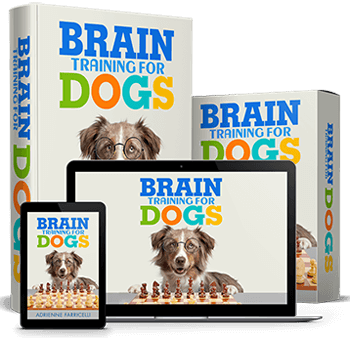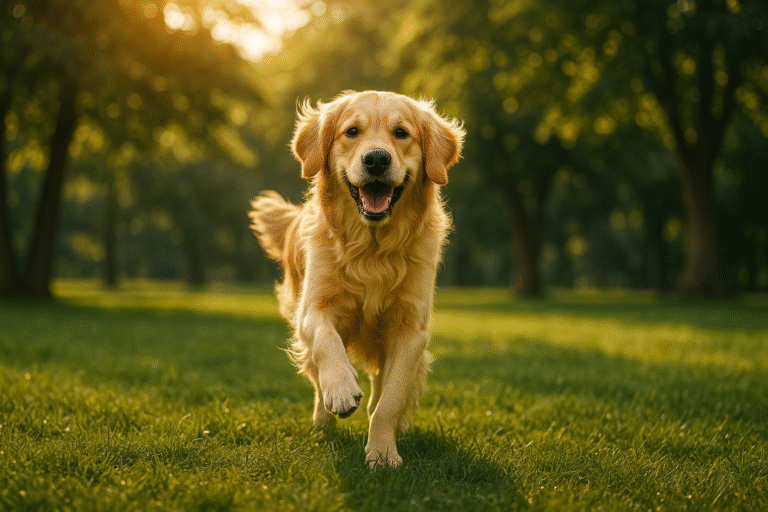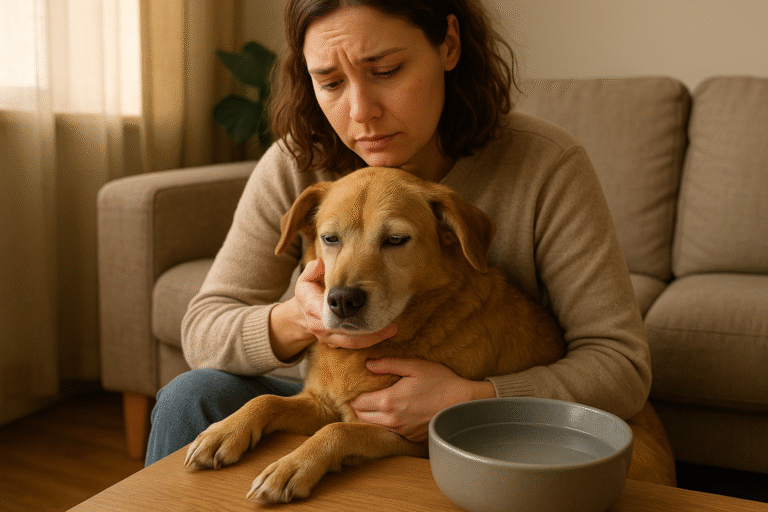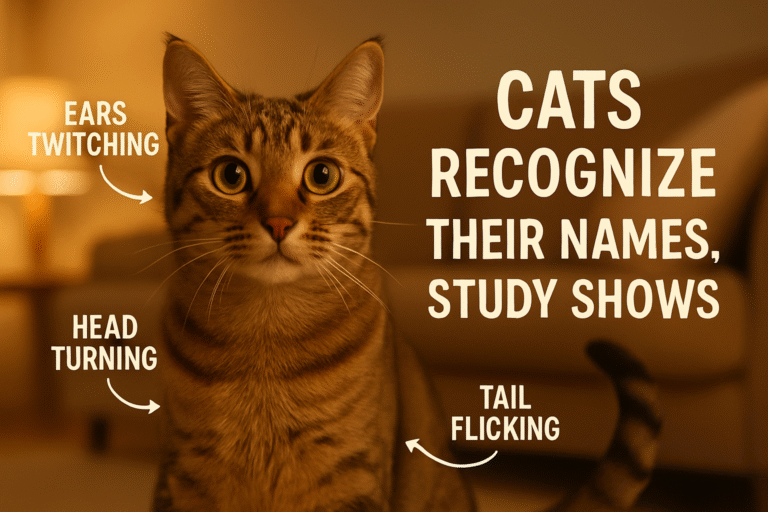Struggling with dog behavior problems? Learn about dog brain training and how you can easily train your dog at home for lasting results.
Table of Contents
ToggleIf your dog keeps barking, chewing, or jumping, you’re not alone. Many dog owners deal with these daily challenges. Fortunately, there’s a simple and effective way to change your dog’s behavior — without harsh punishments or expensive classes.
It’s called dog brain training, and it’s a powerful method that works from the inside out. In this article, you’ll discover how this approach works, why it’s so effective, and how you can start today — even if you’ve never trained a dog before.
Why Do Dogs Misbehave?
Before fixing bad behavior, it helps to know where it comes from. Most of the time, dogs act out for two reasons:
- Boredom: Without enough mental stimulation, dogs get restless and destructive.
- Confusion: If your dog doesn’t understand what you want, both of you get frustrated.
Because of this, punishment rarely works. It only addresses the symptoms. Instead, brain training targets the root cause by working with your dog’s natural instincts.

Unlock Your Dog’s Hidden Intelligence
Discover a proven dog training system that helps eliminate bad behavior and boosts your dog’s intelligence. Created by a certified dog trainer, it's fun, easy, and effective!

Train Your Pet the Smart Way
Kingdom of Pets offers expert training guides for dogs, cats, and other pets. Say goodbye to bad behavior with proven, humane techniques trusted by thousands of pet owners worldwide.
What Is Dog Brain Training?
Dog brain training is a science-backed method that uses fun, focused activities to engage your dog’s mind.
Instead of simply saying “no,” you guide your dog through enjoyable mental tasks. As a result, your dog learns faster and becomes more obedient — not from fear, but from confidence.
In short, brain training builds new habits and improves behavior in a gentle, lasting way.
Top Benefits of Brain Training Your Dog
Switching to this method offers several long-term rewards. Here’s what you can expect:
- Faster Learning: Dogs remember more when they’re mentally stimulated. Stronger
- Bond: Training becomes fun, and you grow closer to your dog.
- Less Anxiety: A busy brain is a calm brain.
- Lasting Change: Unlike quick fixes, brain training creates deep, permanent improvements.
Plus, it’s fun for both of you! Training feels like play, which keeps your dog engaged.
Does Your Dog Need Brain Training?
You might be wondering if brain training is right for your pet. Watch for these signs:
- Excessive barking or whining
- Chewing on shoes or furniture
- Jumping on guests
- Pulling during walks
- Ignoring basic commands
- Showing fear or aggression in new places
If your dog shows any of these behaviors, it’s time to try something different.
How to Start Dog Brain Training at Home
The best part? You don’t need fancy tools or professional help. Follow these simple steps:
1. Create Structure and Set Rules
Dogs feel secure when they know the rules. So, start by using simple commands like “sit,” “stay,” or “leave it.” Then, reward your dog with treats, praise, or playtime for listening.
2. Introduce Brain Games
Games are the heart of brain training. For example:
- Puzzle Toys: Hide treats inside and let your dog figure them out.
- Shell Game: Place a treat under a cup and shuffle it.
- DIY Obstacle Courses: Use chairs, cushions, or boxes to build a mini course.
These games encourage thinking, build focus, and burn mental energy.
3. Keep Training Sessions Short and Sweet
Aim for 10–15 minutes per session. That’s enough to teach without overwhelming your dog. Also, try to include commands during meals, walks, or play — this helps reinforce learning.
4. Use Positive Reinforcement
Always reward good behavior. A small treat or a happy tone goes a long way. If your dog messes up, be patient. Stay calm, redirect, and praise when they get it right. This builds trust and eagerness to learn.
Avoid These Common Mistakes
While training at home is easy, some mistakes can slow progress. Here’s what to watch out for:
- Inconsistency: Changing commands or rules confuses your dog.
- Negative Reinforcement: Yelling or scolding creates fear, not learning.
- Overloading: Don’t teach too many things at once. Focus on one goal.
- Skipping Mental Work: Walks and playtime are great, but brain games are essential too.
Avoiding these missteps can speed up your dog’s improvement.
Why It Works When Other Methods Don’t
Traditional training relies on repetition and correction. While it can work, it often leaves dogs bored or stressed.
Brain training, on the other hand, builds new brain pathways. Just like human learning, dogs thrive when challenged mentally. When they solve problems and earn rewards, they feel proud — and their behavior naturally improves.
Final Thoughts: Your Dog’s Transformation Starts Now
If you’re frustrated by your dog’s behavior, don’t give up. Dog brain training is an easy, fun, and proven way to turn things around.
You don’t need to be an expert. Just start with one game, one command, or one short session a day. Stay consistent, keep it fun, and watch the change happen.
Your dog will thank you — and so will your furniture, shoes, and sanity.
Frequently Asked Questions (FAQs)
1. What is dog brain training?
2. Why does my dog misbehave?
3. How is brain training different from traditional dog training?
4. What are the benefits of brain training for my dog?
- Faster learning
- Reduced anxiety
- Stronger bond with your dog
- Long-lasting behavior improvement
- More fun and engagement during training sessions
5. How do I know if my dog needs brain training?
6. Can I do brain training at home without professional help?
7. What are some examples of brain games for dogs?
- Puzzle toys with hidden treats
- The shell game (treat under a cup)
- DIY obstacle courses using household items
8. How long should each training session be?
9. What should I avoid during brain training?
- Inconsistency in commands
- Using punishment or yelling
- Overloading your dog with too much at once
- Skipping mental activities in favor of just physical play
10. Is brain training suitable for all dog breeds and ages?
11. How soon will I see results from brain training?
12. Do I need special tools or equipment for dog brain training?
Recent Posts









Related Topics
Copyright © 2025 The Pet Blog – Expert Tips, Care Guides & Fun Facts for Every Pet Lover.

